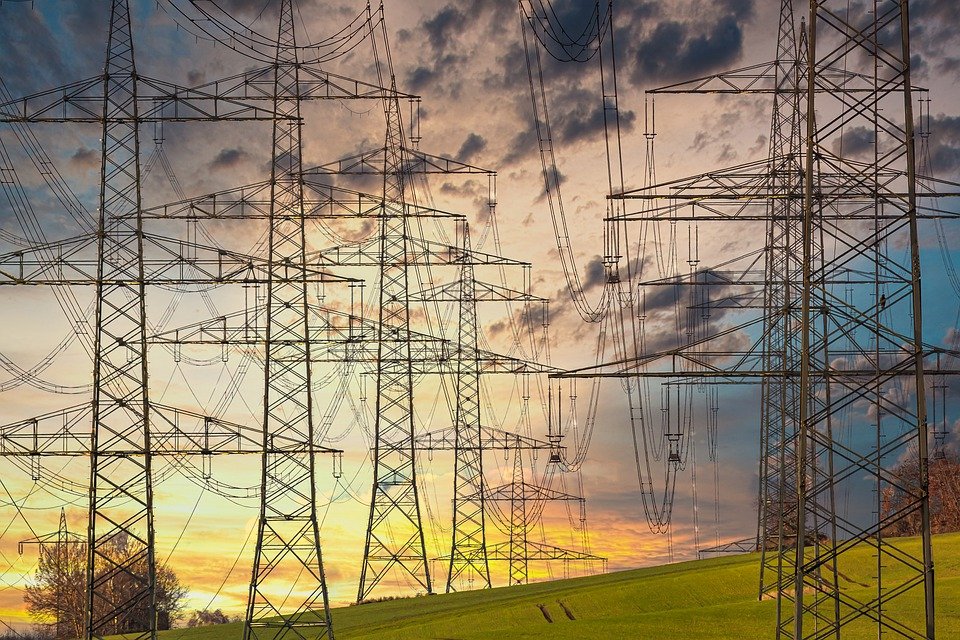
Navigating CCEWs and Connecting to the Grid
Before small-scale solar power systems can be installed and connected at your home or business, and later switched on, permission must be granted by your electricity distributor to connect to the electrical distribution network.
What is an electricity distributor?
An electricity distributor (formally known as a Distributed Network Service Provider or DNSP) is the entity that owns and maintains an electricity network. Each state and territory have a different distributor, and in some cases, distributors provide services to different parts of a state. It is important to note that your electricity retailer and distributor are likely two different entities.
The table below indicates the electricity distributor coverage in Australian states and territories.
| State or Territory | Distributor | Area of Coverage |
|---|---|---|
| ACT | Evo Energy | ACT |
| Essential Energy | ACT (limited area) | |
| NSW | Essential Energy | Regional NSW |
| Ausgrid | Northern Sydney | |
| Endeavour Energy | South-West of Sydney | |
| NT | PowerWater | Northern Territory |
| QLD | Energex | South-East Queensland |
| Ergon Energy | Regional Queensland | |
| SA | SA Power Networks | South Australia |
| TAS | TasNetworks | Tasmania |
| VIC | Citipower | Melbourne CBD |
| Powercor | Western Victoria | |
| Jemena | Western inner Melbourne | |
| Ausnet | Eastern Victoria | |
| United Energy | South-East Melbourne and Mornington Peninsula | |
| WA | Western Power | Western Australia - South of Kalbarri |
| Horizon Power | Rural stand-alone networks, including the Pilbara |
Why is a connection application necessary?
This application for connection serves a range of purposes, including guaranteeing that the system being installed complies with distribution network requirements as well as adding your system to a national register of small-scale power-generating units.
Some electricity distributors have specific requirements with regards to the size of solar panel installations and the amount of energy that can be exported back to the grid. There are also usually guidelines and criteria set out by the distributor regarding the inverter that is installed, such as:
- Requiring a Clean Energy Council approved inverter
- Complying with AS/NZS 4777.2 (Australian and New Zealand standards for electrical safety in relation to inverters)
- That the system is configured in accordance with a distributor’s requirements for inverters set out in their relevant documentation
Some electricity distributors may also have specific requirements with regards to the size of solar panels installed and the amount of energy which can be exported to the network. As such, not all inverters may be permitted on a distributors network.
An application for connection ensures that these requirements and guidelines will be met, and that the subsequent installation is compliant with all relevant regulations and rules. Additionally, as part of the grid connection process, customers are required to sign over their Small-scale Technology Certificates (STCs). STCs constitute your up-front solar subsidy/solar rebate. Signing STCs over allows solar retailers to claim STCs on a customer’s behalf and provide up-front discounts.
Finally, the application also submits your system to the Australian Electricity Market Operator (AEMO) Distributed Energy Resources (DER) Register.
What is the AEMO DER Register?
The register is a relatively new, national database containing technical details of all small generating units, such as household solar and battery systems, that are connected within the National Electricity System, or grid. Anyone who wants to install a solar power system that will be connected to the electricity grid, is required to provide all technical details of the equipment and products that are going to be installed.
You should know
Solbase does not begin any installations without having received approval for connection from the appropriate electrical network distributor. This ensures that all products installed can operate on a customer’s network.
What are the customer’s obligations?
The application for connection process can be paper-work heavy and complicated. Fortunately, customers don’t usually need to have much of a hands-on role. Solar installers or retailers usually undertake and complete the approval for connection application on behalf of the customer. Nonetheless, it is sensible for a customer to be observant and wary of the process.
What is a CCEW?
A CCEW is a Certificate of Compliance for Electrical Work. Per the Gas and Electricity (Consumer Safety) Act 2017 and Gas and Electricity (Consumer Safety) Regulation 2018, a CCEW must be issued when any electrical installation or work is carried out. This includes when: any work is done on a switchboard; an electricity meter is installed, altered, or replaced; and when installation for a stand-alone power system is done. The certificate shows that all electrical work has been carried out, installed, or tested, to relevant industry and legal safety standards and regulations. A solar installation falls within more than one of these categories and so necessitates a CCEW.
Who issues a CCEW?
After installation, the installing electrician will verify the system is safe and provide a CCEW to either the customer or the solar retailer. Generally, retailers will retain CCEW’s until a customer’s invoice is settled, after which the certificate will be issued to them.
Metering and CCEWs
A CCEW is also needed for a meter change over, a process which occurs via a customers electricity retailer. A meter changeover is essentially an electricity retailer granting final permission for an approved solar system to connect to the grid and start generating power. Customers can only begin utilising solar power from their system, as well as exporting it back to the grid, after this meter changeover has taken place. This usually requires a customer to contact their electricity retailer post-installation with all relevant paperwork and certificates, including both the CCEW and connection approval.
How does this all fit together?
The installation and approval process for solar power with most retailers, including Solbase, is as follows:

